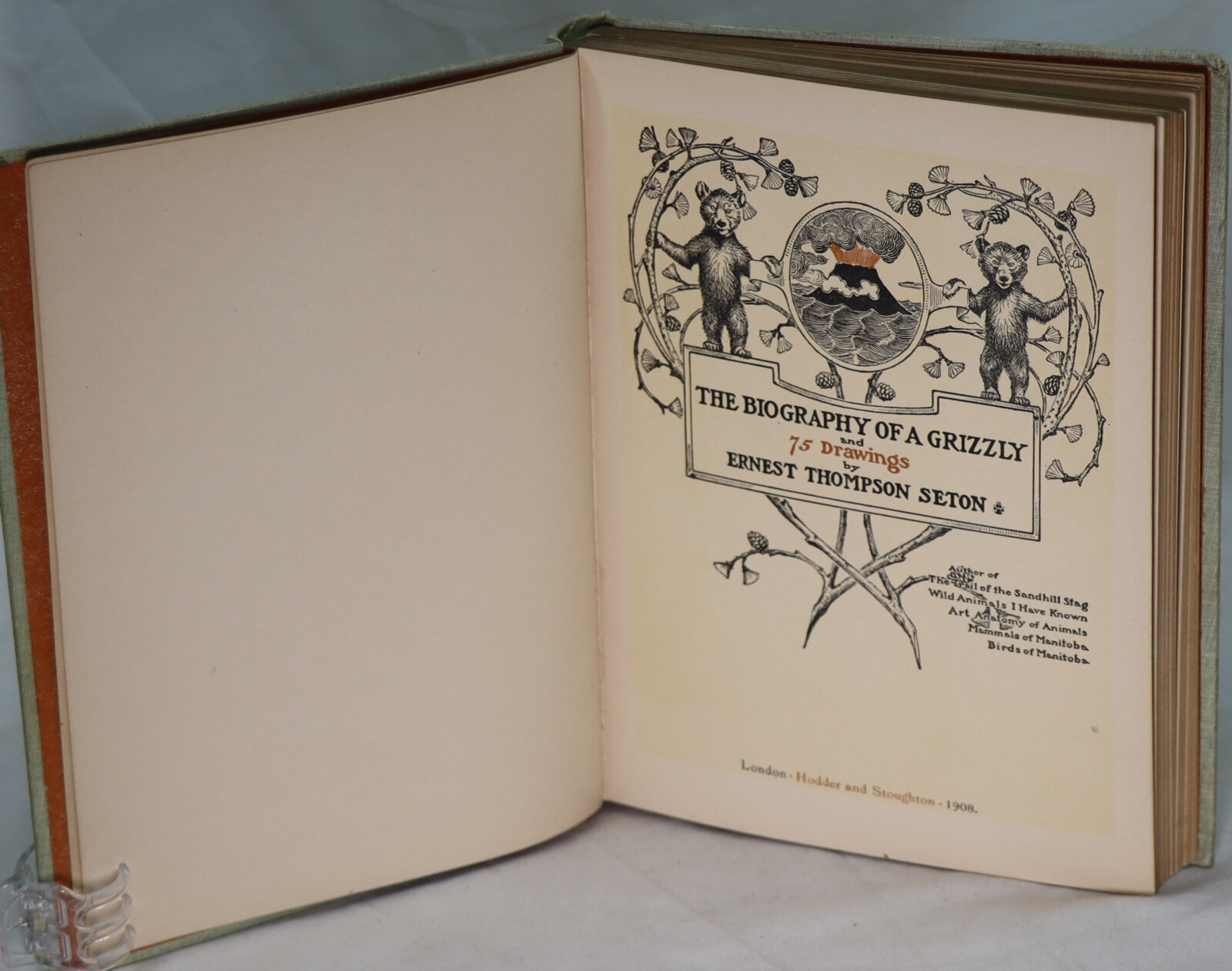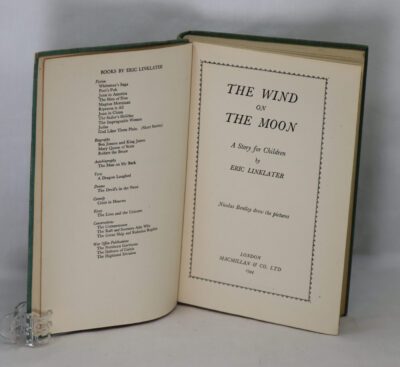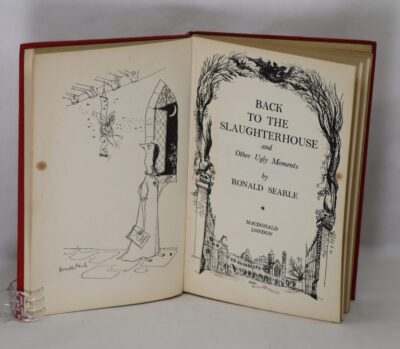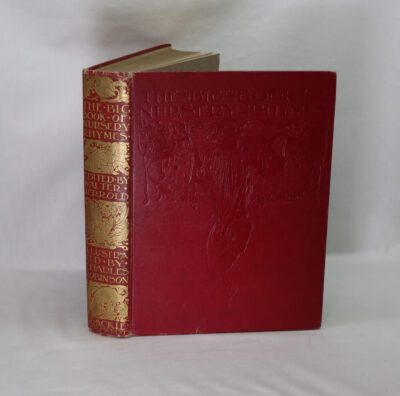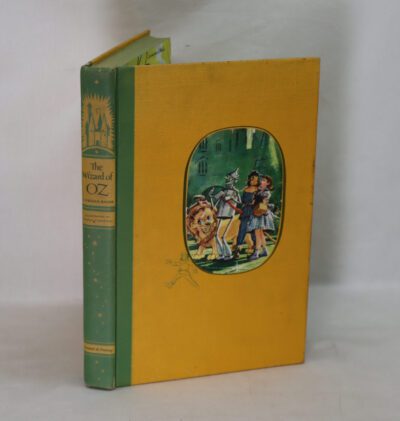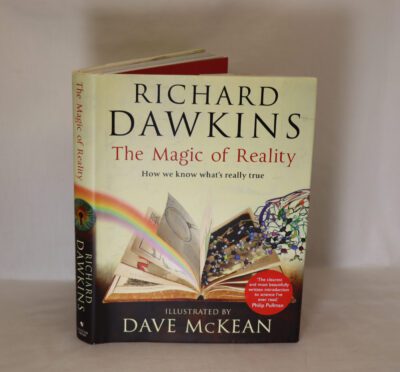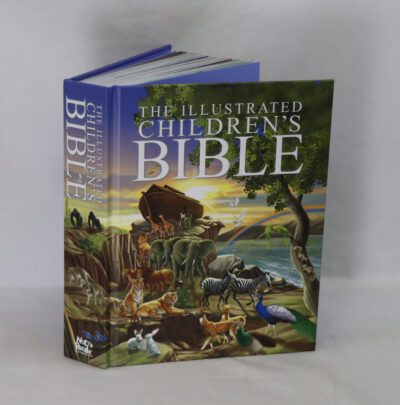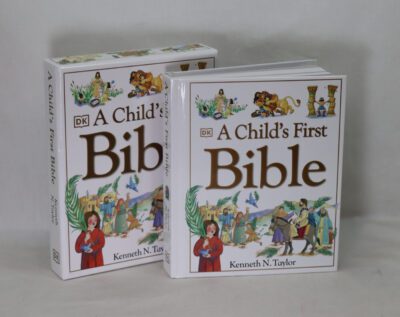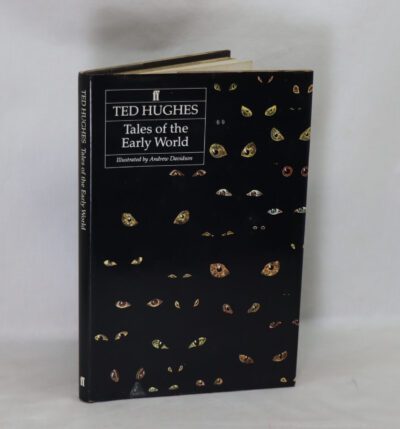The Biography of a Grizzly.
By Ernest Thompson Seton
Printed: 1908
Publisher: Hodder & Stoughton. London
| Dimensions | 15 × 20 × 2 cm |
|---|---|
| Language |
Language: English
Size (cminches): 15 x 20 x 2
Condition: Fine (See explanation of ratings)
Your items
Item information
Description
Light green cloth binding with dark green title on the spine and front board.
-
F.B.A. provides an in-depth photographic presentation of this item to stimulate your feeling and touch. More traditional book descriptions are immediately available.
-
Note: This book carries the £5.00 discount to those that subscribe to the F.B.A. mailing list.
There are 12 full page illustrations and most are in very good condition. The overall condition is good. This book reflects ‘the nature fakers controversy’, after John Burroughs published an article in 1903 in the Atlantic Monthly attacking writers of sentimental animal stories. The controversy lasted for four years and included important American environmental and political figures of the day, including President Theodore Roosevelt.
Ernest Thompson Seton (born Ernest Evan Thompson August 14, 1860 – October 23, 1946) was an English-born Canadian-American author, wildlife artist, founder of the Woodcraft Indians in 1902 (renamed Woodcraft League of America), and one of the founding pioneers of the Boy Scouts of America (BSA) in 1910.
Seton also influenced Lord Baden-Powell, the founder of the Scouting movement . His writings were published in the United Kingdom, Canada, the US, and the USSR; his notable books related to Scouting include The Birch Bark Roll and the Boy Scout Handbook. He is responsible for the appropriation and incorporation of what he believed to be American Indian elements into the traditions of the BSA.
Seton was born in South Shields, County Durham, England of Scottish parents. His family emigrated to British North America in 1866. After settling in Lindsay, Canada West Seton spent most (after 1870) of his childhood in Toronto, and the family is known to have lived at 6 Aberdeen Avenue in Cabbagetown. As a youth, he retreated to the woods of the Don River to draw and study animals as a way of avoiding his abusive father. He attended the Ontario College of Art in 1879, studying with John Colin Forbes, then won a scholarship in art to the Royal Academy in London, England in 1880. In the 1890s, he studied at the Académie Julian in Paris. In 1893-4, he was elected an associate member of the Royal Canadian Academy of Arts.
On Seton’s 21st birthday his father presented him with an invoice for all of the expenses connected with his childhood and youth, including the fee charged by the doctor who delivered him. According to one writer, he paid the bill, but never spoke to his father again. In his autobiography, Trail of An Artist-naturalist: The Autobiography of Ernest Thompson Seton, he discusses the incident in detail, but, since he hadn’t “a cent of money,” he could not pay his father. He went immediately to work and used the money he made to leave the household forever. Seton was an early pioneer of the modern school of animal fiction writing, his most popular work being Wild Animals I Have Known (1898), which contains the story of his killing of the wolf Lobo. Four stories from this collection would be republished as Lobo, Rag, and Vixen (1900). He later became involved in a literary debate known as the nature fakers controversy, after John Burroughs published an article in 1903 in the Atlantic Monthly attacking writers of sentimental animal stories. The controversy lasted for four years and included important American environmental and political figures of the day, including President Theodore Roosevelt.
For his work, Lives of Game Animals Volume 4, Seton was awarded the Daniel Giraud Elliot Medal from the National Academy of Sciences in 1928. In 1931, he became a United States citizen. Seton was associated with the Santa Fe arts and literary community during the mid-1930s and early 1940s, which was a group of artists and authors, including author and artist Alfred Morang, sculptor and potter Clem Hull, painter Georgia O’Keeffe, painter Randall Davey, painter Raymond Jonson, leader
Want to know more about this item?

Related products
Share this Page with a friend

